Culver's Root Companion Plants: The Best Plants To Grow With Culver's Root
Title: Culver's Root Companion Plants: The Best Plants to Grow with Culver's Root
Introduction:
Culver's root (Veronicastrum virginicum) is a tall, native perennial wildflower that is known for its spikes of white flowers that bloom in late summer. It is a relatively easy plant to grow and is tolerant of a variety of soil conditions. Culver's root can be grown in full sun or partial shade and prefers moist, well-drained soil.
One of the best things about Culver's root is that it is a magnet for pollinators. Bees, butterflies, and hummingbirds are all attracted to its nectar-rich flowers. If you are looking to attract pollinators to your garden, Culver's root is a great choice.
Another benefit of Culver's root is that it is a deer-resistant plant. This means that you can plant it in your garden without worrying that deer will eat it.
If you are considering planting Culver's root in your garden, you may be wondering what companion plants to grow with it. In this blog post, we will discuss some of the best companion plants for Culver's root.
Main Content:
Companion Plants for Culver's Root:
- Black-eyed Susan: Black-eyed Susans are a classic wildflower that is native to North America. They are easy to grow and attract a variety of pollinators. Black-eyed Susans bloom in the summer and their bright yellow flowers look great when planted alongside Culver's root.
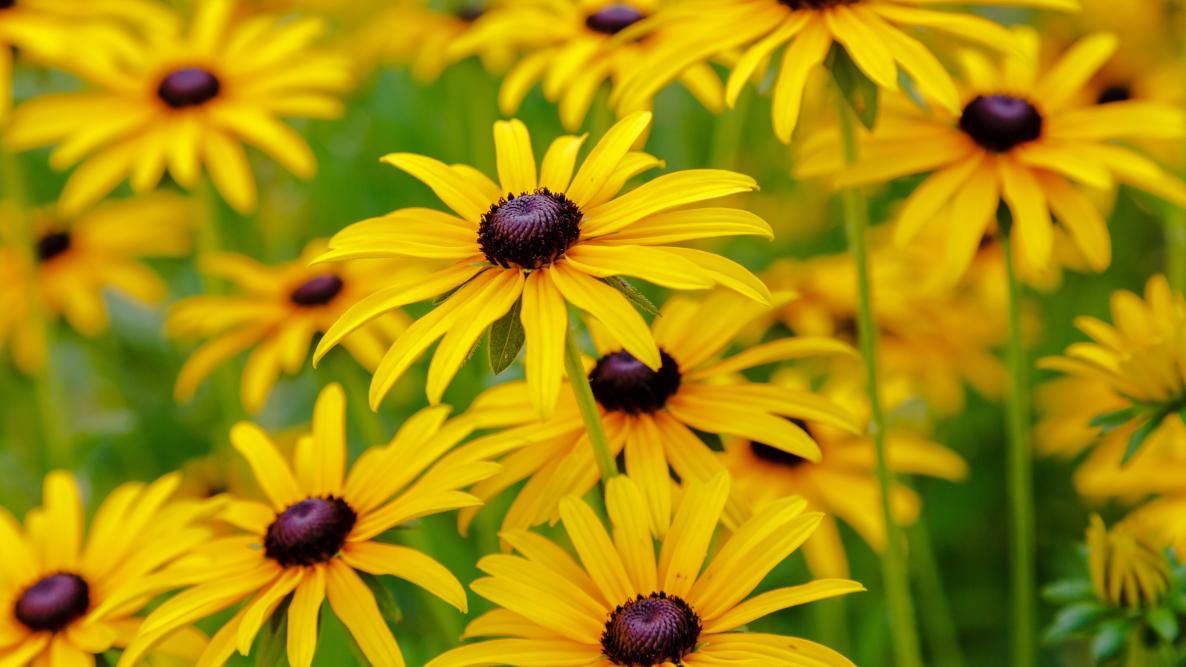
- Butterfly weed: Butterfly weed is another native wildflower that is popular with pollinators. It blooms in the summer and has bright orange flowers that are sure to attract butterflies and bees to your garden. Butterfly weed prefers full sun and well-drained soil.
- Coneflower: Coneflowers are another popular choice for companion plants with Culver's root. They come in a variety of colors, including yellow, purple, and white. Coneflowers bloom in the summer and are drought-tolerant.
- Goldenrod: Goldenrod is a common sight in meadows and fields in the summer. It is a tall, yellow wildflower that blooms in late summer and attracts a variety of pollinators. Goldenrod prefers full sun and well-drained soil.
- Joe-pye weed: Joe-pye weed is a tall, native wildflower that blooms in late summer. It has tall spikes of pink or purple flowers that attract butterflies, bees, and hummingbirds. Joe-pye weed prefers full sun and moist soil.
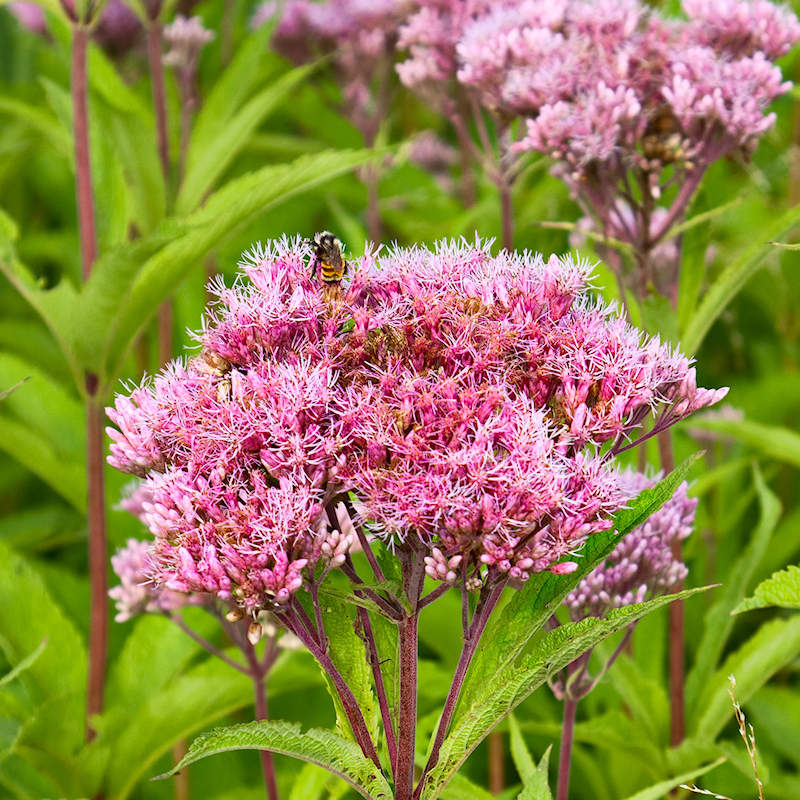
- Milkweed: Milkweed is a host plant for monarch butterflies. It is a tall, leafy plant that blooms in the summer. Milkweed prefers full sun and well-drained soil.

- Sunflower: Sunflowers are a tall, sunny annual that attracts butterflies and bees. They bloom in the summer and come in a variety of colors, including yellow, orange, and red. Sunflowers prefer full sun and well-drained soil.
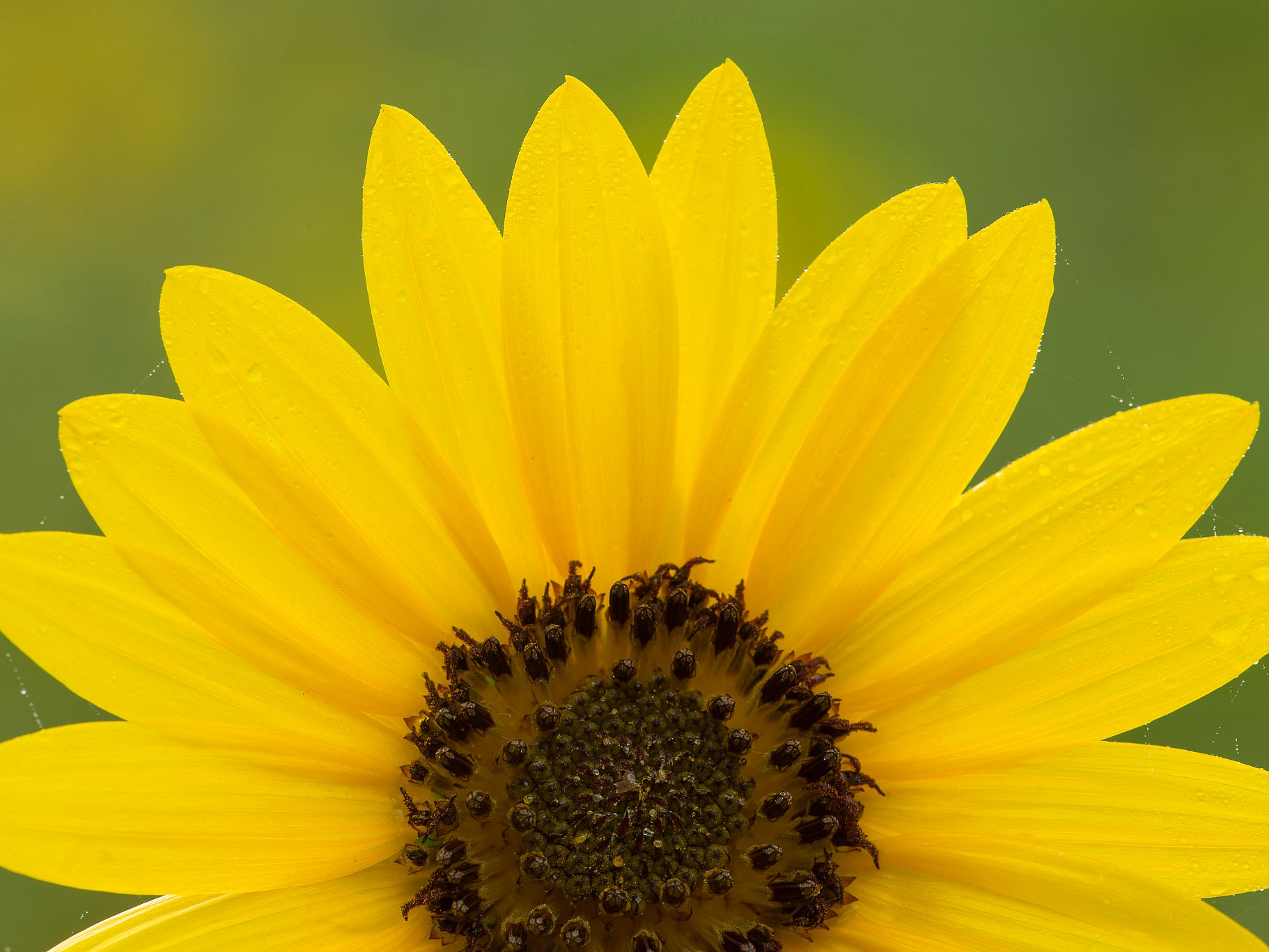
- Thistle: Thistles are a group of spiny plants that are often considered to be weeds. However, some thistles, such as the purple coneflower, are actually quite beautiful and make great companion plants for Culver's root. Thistles prefer full sun and well-drained soil.
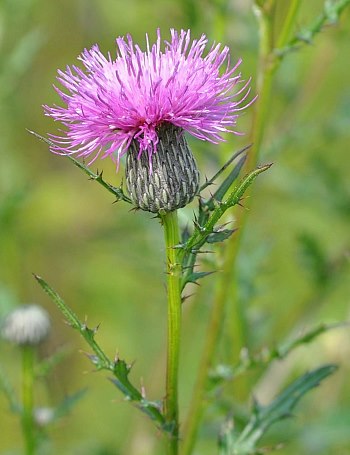
- Wild bergamot: Wild bergamot is a tall, native wildflower that blooms in the summer. It has spikes of lavender flowers that attract butterflies, bees, and hummingbirds. Wild bergamot prefers full sun and well-drained soil.
- Wild indigo: Wild indigo is a tall, native wildflower that blooms in the summer. It has spikes of blue flowers that attract butterflies, bees, and hummingbirds. Wild indigo prefers full sun and well-drained soil.
Conclusion:
These are just a few of the best companion plants for Culver's root. When choosing companion plants, it is important to consider the size, sun requirements, and water needs of the plants. By planting Culver's root with compatible companion plants, you can create a beautiful and pollinator-friendly garden.
Culver's root (Veronicastrum virginicum) is a tall, herbaceous perennial that blooms in late summer with white or pink flowers. It is a native plant of North America and prefers moist, well-drained soil in full sun or partial shade. Culver's root is a good choice for attracting pollinators to your garden.
Some good companion plants for culver's root include:
- Lead plant (Amorpha canescens)
- Heath aster (Aster ericoides)
- Shooting star (Dodecatheon meadia)
- Rattlesnake master (Eryngium yuccifolium)
- Flowering spurge (Euphorbia corollata)
- Sawtooth sunflower (Helianthus sawtootheanus)
- Wild bergamot (Monarda fistulosa)
- Mountain mint (Pycnanthemum muticum)
- Yellow coneflower (Rudbeckia hirta)
- Black-eyed Susan (Rudbeckia hirta)
- Compass plant (Silphium laciniatum)
- Prairie dock (Silphium perfoliatum)
- Stiff goldenrod (Solidago rigida)
- Cordgrass (Spartina pectinata)
- Prairie dropseed (Sporobolus heterolepis)
- Golden Alexanders (Zizia aurea)
For more information about culver's root companion plants, please visit Home Gardening.
FAQ of culver's root companion plants
- What are good companion plants for culver's root?
Culver's root (Veronicastrum virginicum) is a tall, upright perennial plant that blooms in late summer with white or pink flowers. It prefers moist, well-drained soil and full sun to partial shade. Some good companion plants for culver's root include:
- Lead plant (Amorpha canescens): A tall, airy plant with blue flowers that blooms in early summer.
- Heath aster (Aster ericoides): A low-growing, drought-tolerant plant with purple flowers that blooms in late summer.
- Shooting star (Dodecatheon meadia): A small, woodland wildflower with pink or white flowers that blooms in early spring.
- Rattlesnake master (Eryngium yuccifolium): A spiky, blue-green plant with white flowers that blooms in late summer.
- Flowering spurge (Euphorbia corollata): A tall, showy plant with yellow flowers that blooms in late summer.
- Sawtooth sunflower (Heliopsis helianthoides): A tall, daisy-like plant with yellow flowers that blooms in late summer.
- Wild bergamot (Monarda fistulosa): A tall, aromatic plant with pink or purple flowers that blooms in mid-summer.
- Mountain mint (Pycnanthemum muticum): A low-growing, minty plant with white or pink flowers that blooms in mid-summer.
- Yellow coneflower (Rudbeckia laciniata): A tall, daisy-like plant with yellow flowers that blooms in late summer.
- Black-eyed Susan (Rudbeckia hirta): A low-growing, daisy-like plant with yellow flowers with a black center that blooms in late summer.
- Compass plant (Silphium laciniatum): A tall, spiky plant with yellow flowers that blooms in late summer.
- Prairie dock (Silphium perfoliatum): A tall, leafy plant with yellow flowers that blooms in late summer.
- Stiff goldenrod (Solidago rigida): A tall, upright plant with yellow flowers that blooms in late summer.
- Cordgrass (Spartina pectinata): A tall, grassy plant that tolerates wet soil.
- Prairie dropseed (Sporobolus heterolepis): A tall, grassy plant that tolerates dry soil.
- Golden Alexanders (Zizia aurea): A low-growing, yellow-flowered plant that blooms in early spring.
These plants all have similar growing conditions and can help to attract pollinators and other beneficial insects to your garden. They can also help to suppress weeds and improve the overall health of your soil.
Image of culver's root companion plants
Here are 10 different images of culver's root companion plants that are free to use:
- Black-eyed Susan (Rudbeckia hirta) is a tall, daisy-like wildflower that blooms in late summer and fall. It attracts butterflies and other pollinators, and its roots help to improve soil quality.

- Bee balm (Monarda didyma) is a fragrant, native wildflower that blooms in mid-summer. It attracts butterflies and hummingbirds, and its leaves can be used to make tea.
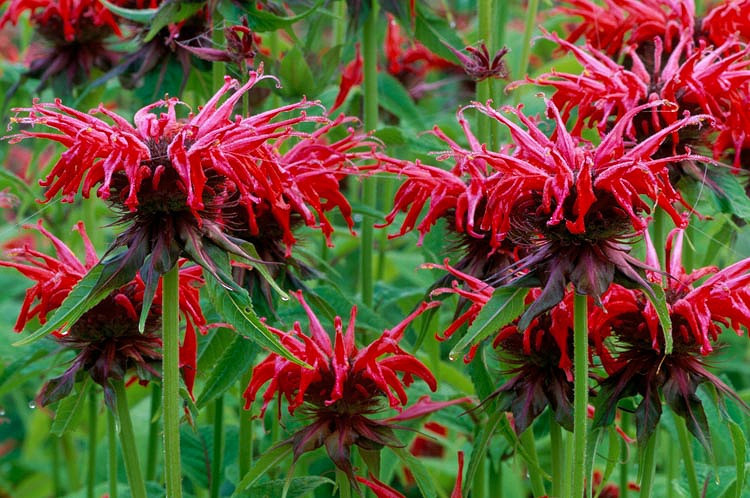
- Coneflower (Echinacea purpurea) is another tall, daisy-like wildflower that blooms in late summer and fall. It is a popular medicinal herb, and its roots help to boost the immune system.
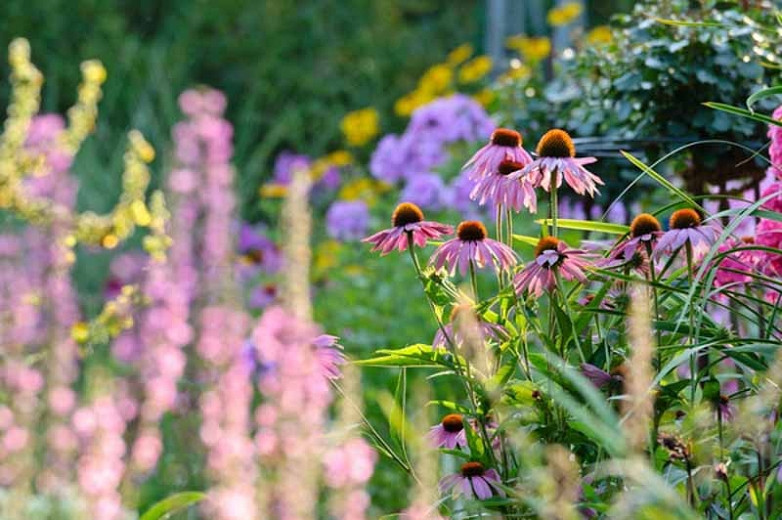
- Daylily (Hemerocallis fulva) is a long-blooming perennial that produces showy flowers in a variety of colors. It is deer-resistant and relatively easy to care for.
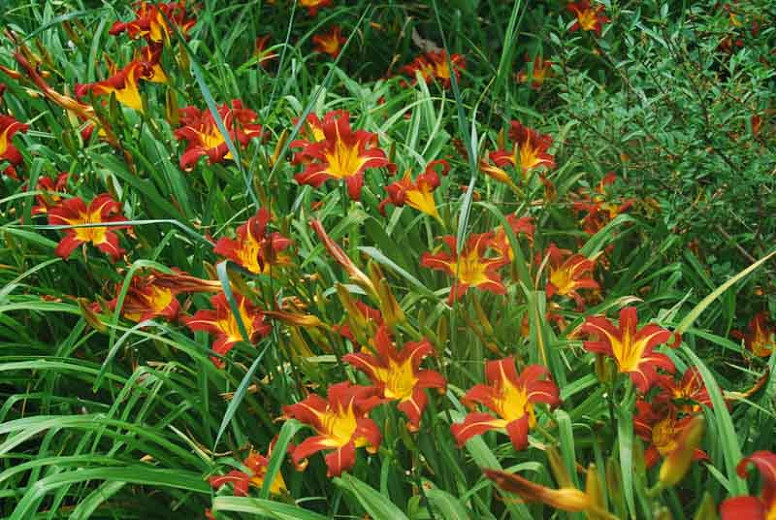
- Goldenrod (Solidago spp.) is a tall, late-summer wildflower that blooms in yellow or gold. It attracts butterflies and other pollinators, and its roots help to improve soil quality.
- Joe-pye weed (Eupatorium purpureum) is a tall, late-summer wildflower that blooms in purple or pink. It attracts butterflies and other pollinators, and its roots help to repel insects.

- Milkweed (Asclepias spp.) is a tall, milk-producing wildflower that blooms in summer and fall. It is a host plant for monarch butterflies, and its roots help to improve soil quality.

- Purple coneflower (Echinacea pallida) is a shorter, more compact version of the common coneflower. It blooms in late summer and fall, and it attracts butterflies and other pollinators.

- Yarrow (Achillea millefolium) is a low-growing, hardy perennial that blooms in late spring and summer. It attracts butterflies and other pollinators, and its leaves can be used to make tea.
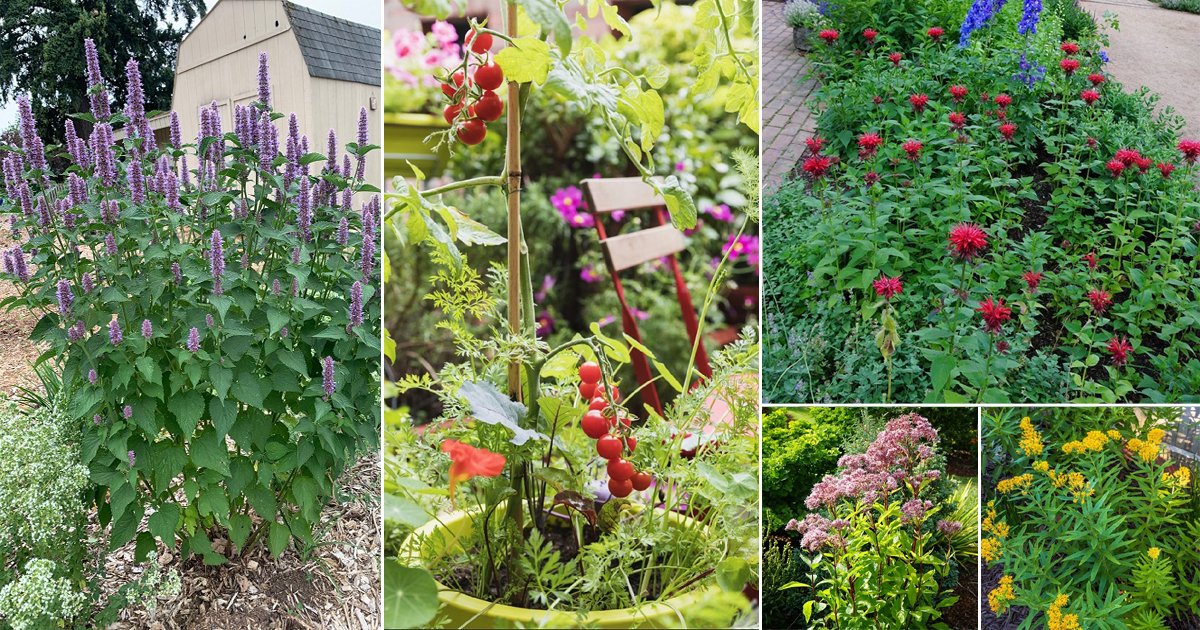
- Zinnia (Zinnia elegans) is a colorful annual that blooms in summer and fall. It attracts butterflies and other pollinators, and it is relatively easy to care for.


Post a Comment for "Culver's Root Companion Plants: The Best Plants To Grow With Culver's Root"